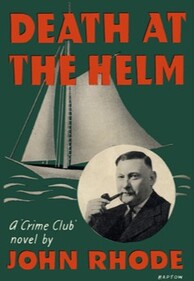
It appears to be partly the embracing and expert use of those very elements Symons was quick to relegate as humdrum. These are narratives that offer prose rarely ornamented with literary flourishes or digressive social or cultural commentary. Focus is less on the nuanced psychological study of people than on the puzzle at its core, with suspect alibis, opportunities, and motives driving the detective’s whodunit quest. Characters are given enough flesh and detail to personalize and individualize them, but there is little need for elaborate detail to provide either satiric color or kitchen-sink verisimilitude. The humdrum approach, one could argue, is closer to a solve-for-X algebraic formula than to any novelistic exploration of guilt or justice.
It is bracing, then, when an author like Street delivers not only a first-rate mystery in the humdrum style but also an engaging character drama that fully supports the puzzle journey at its heart. 1941’s Death at the Helm strikes exactly this satisfying balance, and succeeds on two levels: as a whodunit with a streamlined group of suspects that keeps the reader guessing at the solution until the book’s final pages; and with enough emotional intrigue and empathy built into the characters and their plights that at least two of them stay with you after the story concludes. Helm has two beautifully delivered surprises at the story’s resolution. I don’t want to elaborate on these for fear of spoiling the journey, but I will say that one is integrated into the murder puzzle’s solution and the other involves an ethical point that is delivered compellingly and memorably by the author.
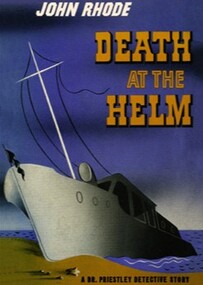
All component elements of Death at the Helm work perfectly here, and Street’s pacing is typically agreeable. His plots tend to be procedural in the sense that we usually view the investigation through the perspective of his worker-bee policemen, and the discovery of new evidence or information will dictate the detectives’ next moves. The narrative takes some very satisfying twists and turns, and unlike some of the Rhode or Burton stories, for once the reader likely won’t get ahead of the inspector by spotting the solution early. Deliciously, Helm tantalizes us with a prime suspect in the form of the formidable, cagey Hugh Quarrenden, the one man with a clear motive for both murders and the legal intelligence to commit the perfect crime. But Waghorn and the reader are hesitant to accuse, and in the final chapter the barrister springs an unexpected but very satisfying surprise.
Uncomfortable death throes for its unfortunate victims aside, Death at the Helm is one of the best John Rhode stories I have encountered, as sure in its sailing as ever a humdrum mystery navigated its course. I managed to find a Dodd Mead U.S. edition copy through a college interlibrary loan; one hopes that this title finds its way to a reprint publisher very soon!
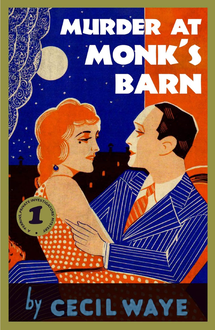
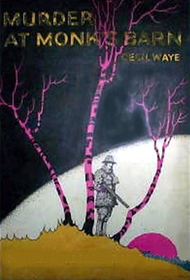
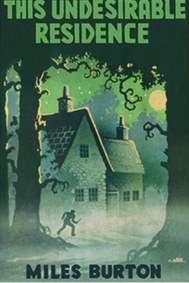
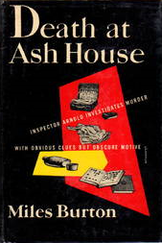
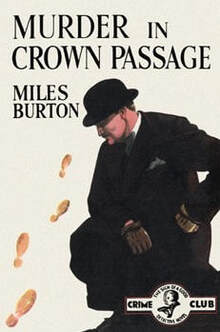
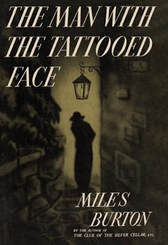
 RSS Feed
RSS Feed